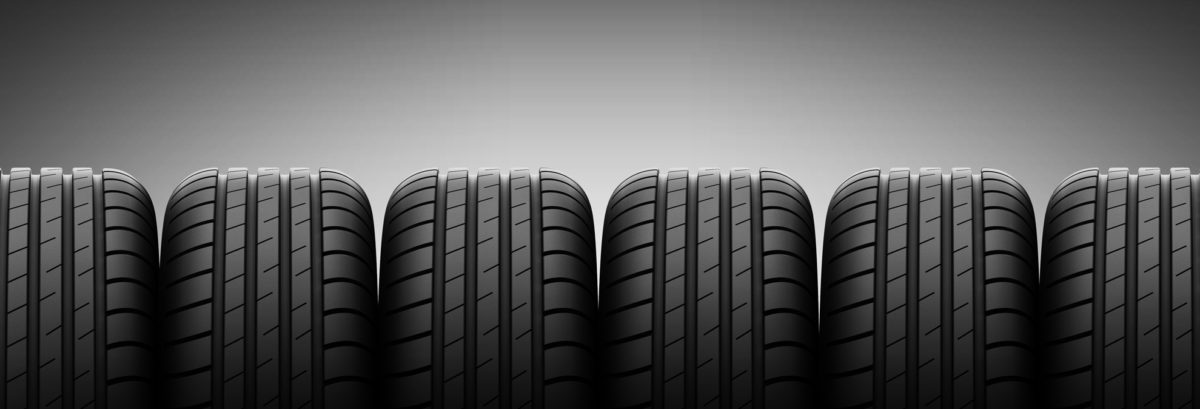Top 3 reasons why you should change back to summer tires ASAP


After a typically rainy and somewhat snowy Lower Mainland winter, the sun is shining, the birds are singing, and spring is finally in the air.
With temperatures consistently above the 7 degree Celsius mark, it is now time to change your winter tires over to your summer or all-seasons tires.
Whether you do it yourself in your garage, or take your car into your dealership’s service department, here are the…
Top 3 reasons why you need to swap to summer tires
1. Winter tires are all made for a lower temperature range than all-season or summers tires.
All tires start life with differently engineered rubber compounds, each designed for specific temperature ranges.
Whereas summer tires turn hard as hockey pucks in the winter, all-season tires lose grip below 7 degrees C and are virtually useless on snow or ice below 0 degrees C.
Conversely, winter tires are designed to have flexible tread below the freezing mark. This means that they have a lot more sipes and tread blocks for gripping on snowy or icy surfaces. But not for consistently dry and warm pavement.
2. Your winter tires will wear much faster above 7 degrees Celsius.
As the aforementioned sipes and tread blocks come into contact with the dry and warmer spring pavement, heat is created as the rubber blocks are compressed.
This is because the sipes rapidly open and close as they come into contact with the dry pavement with nothing to cool them down. And too much heat is the worst enemy of a tire.
3. You won’t be able to brake as quickly or avoid collisions as effectively.
By design, winter tires are designed to be more flexible to dig in for traction in the snow. Compared to a good all-season tire, a winter tire will have 2-3 times as many tread blocks and significantly more sipes.
On dry and warm pavement though, this flexible-by-design construction can make stopping distances significantly longer.
Regardless of the type of tire, too much heat makes a tire’s tread blocks too flexible and therefore squirmy. The tire will get a greasy feel because it is chemically dissolving. And obviously greasy tires do not grip!
Final Tip
When you are swapping your tires, be sure to take a look at the amount of tread left on your winter tires. For the best traction in snow, tire manufacturers recommend a minimum tread depth of 6/32 of an inch. For comparison, most tires come with new with about 11/32 to 12/32 of an inch tread depth.
If you do not have the recommended amount, now is a good time to plan ahead to save money for new winter tires well in advance of the next winter season.


